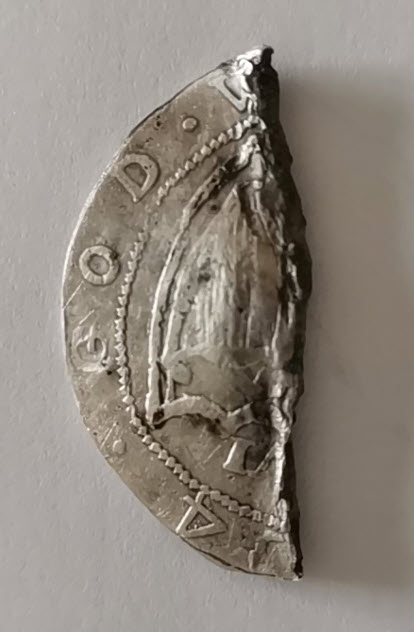
English coinage underwent significant evolution between 1603 and 1714, a period that saw immense changes in the socio-political landscape of England.
From the reign of James I to the end of Queen Anne’s rule, England saw the rise of the British Empire, the establishment of the Bank of England, and the onset of the Industrial Revolution. All these factors profoundly impacted the production and circulation of English coins, shaping the currency system as we know it today.
During this period, English coinage went through several transformations in terms of design, size, and denominations. One of the most notable developments was the shift from hammered coins to milled coins. Hammered coins were produced by striking a blank piece of metal with a hammer and a die, resulting in irregular shapes and designs. In contrast, milled coins were produced using a milling machine that ensured uniform size and shape, making them more durable and difficult to counterfeit.
The reign of James I (1603-1625) introduced the first milled coinage in England with the introduction of the silver shilling.
The shilling, worth twelve pennies, became one of the most widely circulated coins during this period. The design of the shilling featured James I’s bust on the obverse and a crowned shield on the reverse, reflecting the monarch’s divine right to rule.
During the English Civil War (1642-1651), English coinage faced significant challenges due to the economic turmoil brought about by the conflict between the Royalists and Parliamentarians. The Civil War saw the production of siege coins, emergency coins minted by besieged towns and cities to pay soldiers and maintain trade. These coins were often crude in design and were only used locally.
The restoration of the monarchy in 1660 under Charles II saw a revival of English coinage. The introduction of the guinea, a gold coin worth 21 shillings, became a symbol of wealth and prosperity during this period. The guinea featured the bust of Charles II on the obverse and a design of a crowned shield on the reverse. The guinea remained in circulation until the early 19th century.
The Act of Union in 1707, which united England and Scotland to form the Kingdom of Great Britain, had significant implications for English coinage. The union necessitated the creation of new coins that reflected the unity of the two nations. The new coins featured the conjoined busts of Queen Anne and Prince George of Denmark, symbolizing the union of the crowns.
Throughout this period, English coinage was also influenced by key events such as wars, trade agreements, and changes in government policy. The need to finance wars such as the Thirty Years’ War and the War of Spanish Succession led to the debasement of coins, whereby the precious metal content was reduced to fund military campaigns. Trade agreements with foreign nations also influenced the design of English coins, with some coins featuring symbols of trade and commerce.